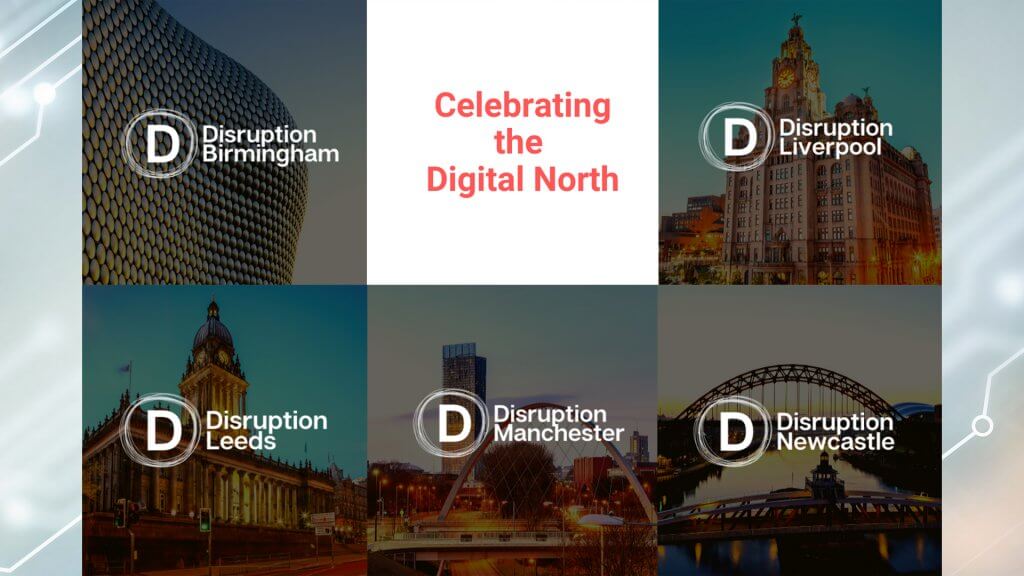
How to Ensure your Digital Project is not a Failure
Matt Oxley, co-founder and Director of DotLabel (www.dotlabel.co.uk) provides us with his advice on how to ensure that your Digital Projet is not a failure.
Customer satisfaction is vital to business growth and digital projects designed to increase it are high on the business agenda. It’s not surprising then that new digital projects are attracting higher monetary investments and increased planning and scoping timeframes, in the hope of delivering a product that can guarantee consumer engagement and set a company ahead of competition.
Yet, 70% of projects do fail due to lack of user acceptance.
Digital project failure can happen to any type of company, however large or small, anywhere in the world. Contributing factors usually include unclear objectives, poor communication between users, stakeholders and developers and lack of adaptability to changes. As a consequence, digital projects often end up falling short of serving the ever-evolving needs and expectations of their users.
Still, businesses are continuing to initiate digital products or processes based on their own assumptions of their customers’ wants and end up wasting thousands of pounds in the process.
User-centred design work allows for two-way communication between businesses and target audiences. Known as User Experience (UX), it places customers at the heart of a digital project; and helps businesses identify their requirements and expectations, map their online journeys and optimise the services they offer. Investing in user experience techniques should be the first step when businesses consider building an online product, as the cost of fixing an error after development is complete can cost 100 times that of fixing the error before completion.
User Experience techniques
It is estimated that by 2020 customer experience will overtake price and product as the key brand differentiator and with 88% of online consumers not returning to a site after a ‘bad experience’, it is easy to see why marketers should make UX a priority.
UX is more than just about the construction of a website, app or online portal; it goes beyond a business’s digital presence. The main principle is to really understand the needs of customers and stakeholders. This will help construct a picture of the user landscape in terms of how they interact with a business website; research and insight can also inform marketing activity beyond digital, helping enhance the entire brand.
User experience works best when it’s bespoke, tailored to the specific product it’s being designed for. Research shows that spending 10% of the available budget on usability improves conversion rate by 83%.
Expert UX insight is important to ensure that design, accessibility, structure, content and navigation of the product live up to relevant best practice and it won’t feel dated as soon as it’s launched.
Carrying out stakeholder research across all levels of staff will help gain insight about the business goals for the product. It can identify the frustrations and workarounds that make an existing product difficult to use, as well as the desired functionalities of a potential product. It can also limit expensive change requests once the product has been developed and increase internal buy-in when the product is launched.
With research indicating that it only takes five participants to find 85% of usability problems, user research through surveys, workshops and interviews is an invaluable tool to help pinpoint user satisfaction, expectations and frustrations related to use of a product.
Thorough research would also involve analysing similar digital products developed by competitors, either direct (i.e. from the same industry) or indirect (i.e. from a different industry). Competitor benchmarking can highlight challenges but also identify different and innovative solutions that can be incorporated in a project.
Research results can then be turned into actionable insight. Developers can use the data collected to create User Personas which are profiles of key end-users based on their attitudes, behaviours and expectations. Working alongside the stakeholders, developers will then determine a strategy aligned with the customers’ goals; they will create content specific to those customers, map their online tasks and define scenarios to ensure the user journeys are optimised for conversion and for the product to be tested against.
Research, insights and content are all used to inform the development and creation of visual displays and examples of how the end product will look and work. Known as wireframes and prototypes respectively, they can save businesses time and money because they allow for a multitude of facilities – including gathering feedback for real end-users, enabling low-cost changes to the product and allowing for testing against user expectations.
Other factors that can affect a project’ success
User Experience techniques will only lead to a successful project if they are applied within a wider cultural, behavioural and environmental framework agreed and outlined prior to the planning phase.
Once the objectives of a project are defined, a briefing with digital experts will raise questions, identify opportunities, such as new technologies, and explore alternative options that can form the Request for Proposal (RFP). This will help save time later and ensure that the agency responses are consistent and easier to compare.
Businesses excited to embark on a new project should allow enough time to fine-tune its aims and test and receive feedback on every step of its development, as shifting deadlines will cause unnecessary delays as the project unfolds.
A major impediment to a project’s success is often its financing. Businesses that keep making costly additional requests or who are unable to specify the actual amount of investment in a product or idea, can hinder the developers’ work. The budget has to be realistic to ensure the right UX techniques are considered and the desired scope and quality is achieved.
Poor communication can be the downfall of a project. From the start, clear lines of internal and external consultation must be established so that all parties involved are aware of the progress and challenges of the project. Communication is also imperative for managing expectations, keeping track of expenditure and monitoring the project throughout.
Conclusion
Success of a digital project is vital to a business, with 86% of business leaders believing digital transformation is worth investing in. However, if a new project fails to create value for its end-users, it will be abandoned or never implemented and this will lead to substantial financial losses for the business. Tailored user experience techniques, combined with commitment to deliver a project on time and on budget will prevent the project from derailing and ending in failure.
DotLabel have designed a free e-book to provide help when planning and budgeting for a new, user-centric and results-driven website..
 Business News10th January 2020Disruption North Programme Opens To Celebrate Innovative Companies And Support Digital And Technological Talent In The North Of England
Business News10th January 2020Disruption North Programme Opens To Celebrate Innovative Companies And Support Digital And Technological Talent In The North Of EnglandDisruption North will profile and celebrate innovation in Birmingham, Leeds, Liverpool, Manchester and Newcastle. Through a range of channels, Disruption North will provide opportunities for the most exciting digital and technology focused business and stakeho
 Business Advice25th March 20227 Data-Driven Metrics to Measure The Effectiveness of Your Lead Generation Campaigns
Business Advice25th March 20227 Data-Driven Metrics to Measure The Effectiveness of Your Lead Generation CampaignsMeasurability is key. Whether you want to gauge your first successes in business or are looking to scale up, having data-driven results to back up your ambitions will make the path ahead of you infinitely easier to navigate.
Every quarter we offer a new issue of SME News which is published on our website, shared to our social media following and circulated to our opt-in subscribers from various sectors across the UK SME marketplace.
Expand your reach.
Grow your enterprise.
Secure new clients.






